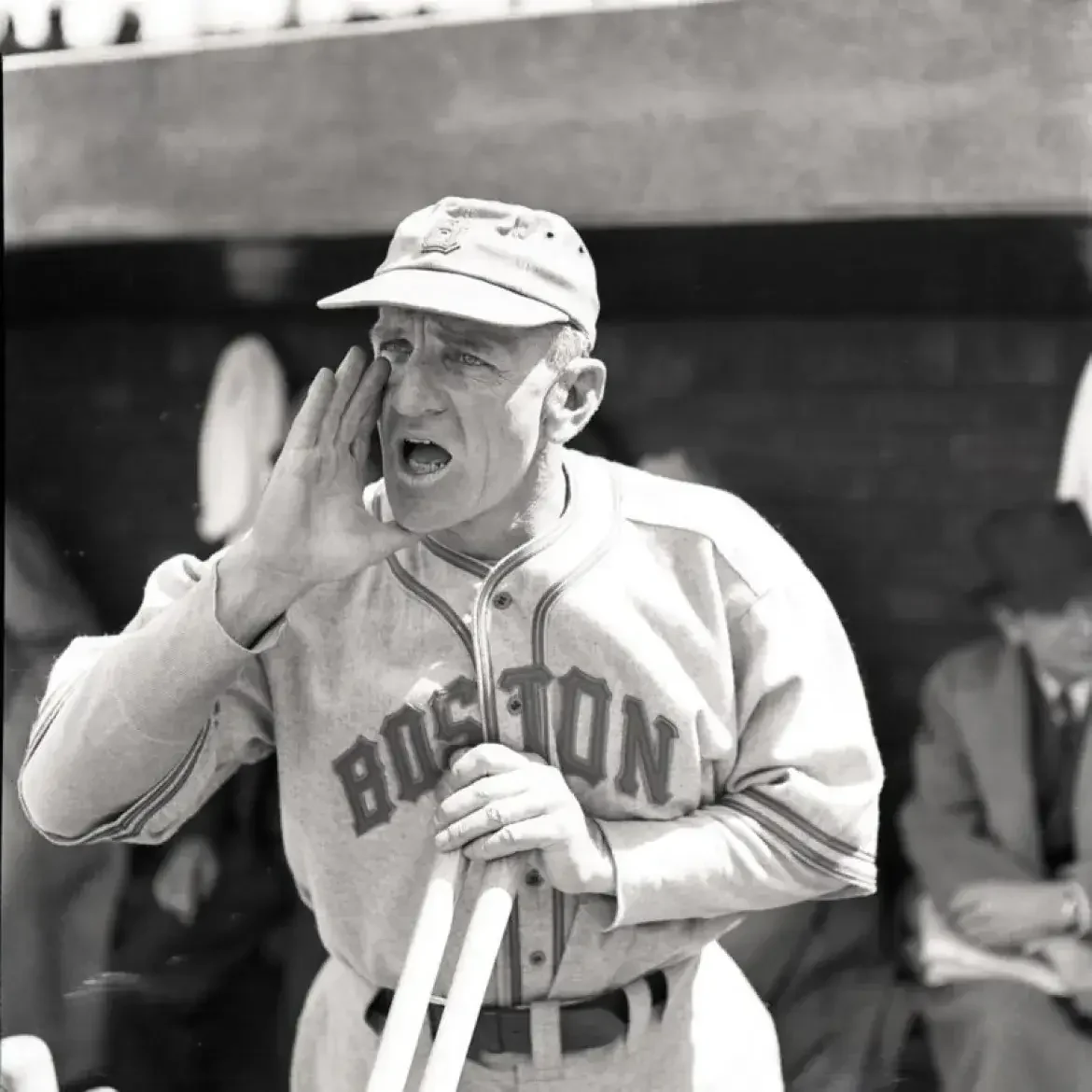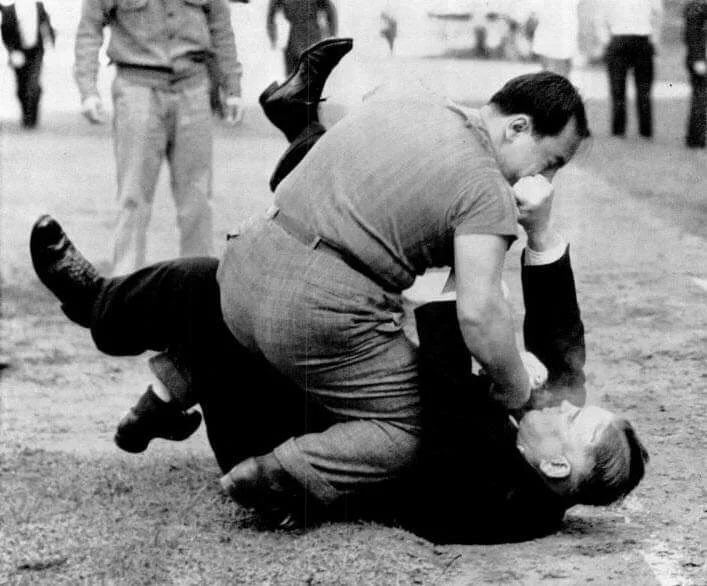When Fans Were Fanatics
Old-school baseball managers like Casey Stengel didn’t stay quiet! Image credits: Retro Seasons
A couple generations ago, baseball fans were more fanatical than they are today. They were undistracted by exploding scoreboards, the wave, between-innings hi-jinks and exhortations to make noise.
Their cheers and boos were spontaneous and heartfelt. And when they disagreed with an umpire's call against the home team, they let it be known.
As long as baseball has been played, there have been close calls that could have gone either way. Managers from Chance and McGraw down through Stengel and Durocher and Frisch and Weaver, with their arm-waving, cap-tossing, dirt kicking, in-your-face jawing, inspired the fans' clamor.
They seldom won an argument, although occasionally the umpires conferred and overturned the original call. But that was rare.
In the smaller ballparks of the time, fans were closer to the action, which meant that they were closer to the umpires, and their boos and catcalls and verbal threats were heard by the umps, some of whom had bigger ears and lower boiling points than others.
The Umpires
Unlike today's unobtrusive, little-noticed umpires, those of a hundred years ago were often former players or tough, colorful characters whose personalities were well-documented by the sportswriters of the many competing newspapers of the time.
Many of them had survived tough training in low minor leagues where the fans were within bottle-throwing range of the action and not intimidated by the presence of a local sheriff's deputy.
George Magerkurth
One survivor who made it to the National League was George Magerkurth. A big, beefy 6-feet-2, 225-pound would-be catcher, Magerkurth was once described as having arms like piano legs and hands the size of hams.
Pugnacious and short-tempered, he would not hesitate to use his fists against a hot-headed manager, threatening crowd or obnoxious heckler. He once charged into the seats and swung at a loud-mouthed fan, drawing a fine and suspension. Another time he continued a confrontation with a hot-headed manager in a hotel room.
But Magerkurth was also a hustler on the diamond, who made sure that everybody knew who was in charge. In 1929 he was promoted to the National League. For the next 18 years he became a respected umpire, He became known for bellowing his ball and strike and out calls. He had his share of run-ins with managers and ejections, but no more than other umps.
Most umpires in baseball history come and go, little remembered by future fandom, and George Magerkurth would be among those ghosts except for one unprecedented incident.
The Fight
On September 16, 1940, the pennant-bound Cincinnati Reds were in Brooklyn to play the second-place Dodgers.
In those days three umpires were assigned to a game, positioned behind the plate, at first base and third. With a runner on first, it was the first base umpire's job to cover any play at second.
When the runner slid in, the ump often had no clear view of the tag. There were a lot of force plays at second – a lot of CLOSE force plays at second. Probably more missed calls and arguments occurred there than any place else on the field.
On this day Tom Dunn was the home plate umpire, Bill Stewart was at first and Magerkurth at third.
After nine innings the score was tied 3-3. In the top of the tenth, with one out, Mike McCormick doubled, Ival Goodman walked. Frank McCormick hit a grounder to shortstop Johnny Hudson, who threw to second baseman Pete Coscarart to force Goodman.
Umpire Bill Stewart called him out. Magerkurth had a clearer view of the play at second than Stewart and saw that Coscarart had dropped the ball before attempting to tag the runner. The umps conferred and reversed the call.
Frank Germano attacks umpire George Magerkurth after his call leads to a victory for the Reds. Image credits: Reddit
That brought Brooklyn manager Leo Durocher out of the dugout like he'd been shot out of a cannon. He argued so fiercely that Magerkurth thumbed him out of the game. The Reds then scored what turned out to be the winning run.
After the game, as the umpires headed toward the dugout to get to their locker room, a burly fan jumped out of the seats and attacked Magerkurth. Down they went, the attacker on top of the umpire, pummeling his face and chest before Bill Stewart got a hammerlock around his neck and pulled him off. His name was Frank Germano, a professional pickpocket, who became an overnight hero for a fortnight in Brooklyn.
The photo of him on top of the burly umpire appeared on sports pages all over the country. And today that's the most lasting image of umpire George Magerkurth, who umpired in the National League for another nine years.

